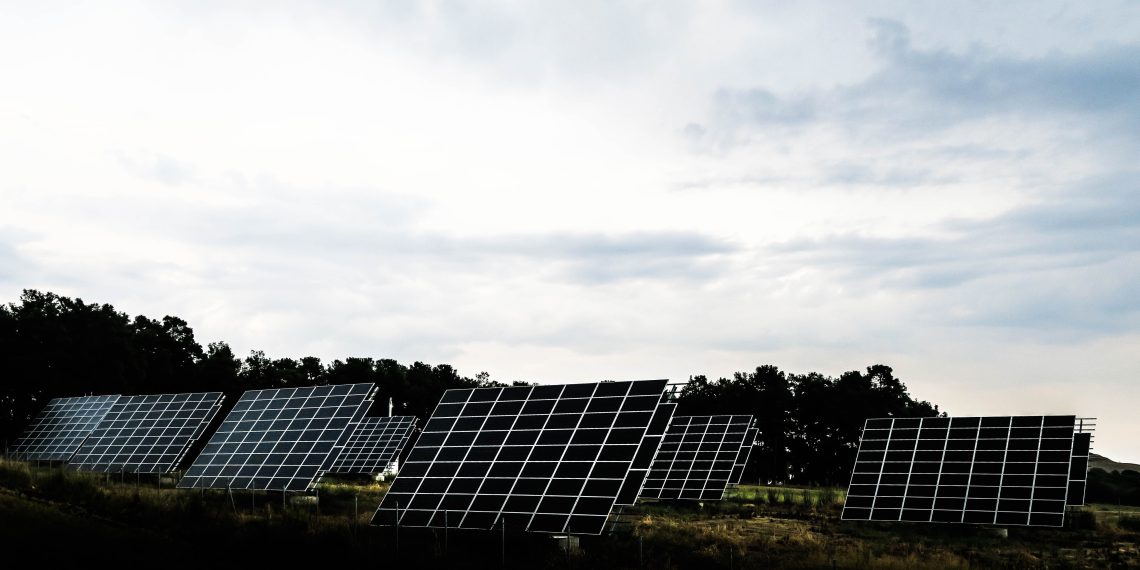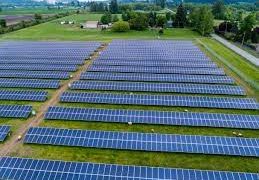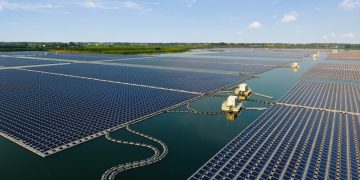Diversification of energy production is increasingly important as concerns over emissions, energy independence and fuel costs emerge. As such, policies and incentive structures have been put in place by both federal and local government to increase solar energy generation. Since solar energy generation is not confined to utility or commercial scale projects it is feasible for households to become small generators and for local utilities to encourage or discourage residential energy production.
While the cost of solar has been decreasing, installing residential solar PV is still a capital-intensive venture. The impact of residential solar has been debated but the presence of federal tax credits, increasing renewable energy requirements, and reduced emission standards signify that it is a subject cities and utilities must contend with. The Texas cities of Austin, San Antonio, and Georgetown represent three case studies of different programs, policies and financial approaches towards residential solar PV.
The findings suggest that most average 20-year residential solar PV projects are net positive for homeowners. 10- year projects in cities that offer up-front rebates, such as Austin and San Antonio, are more vii likely to save residents money on the investment over non-rebate cities like Georgetown. 10-year projects without the federal investment tax credit result in mostly net negative financial outcomes for residents.
Each city has utilized a unique a model that can be classified as equal, equitable, or optimal. These models have varying impacts on residents, including consumer reasoning for installing solar and financial feasibility of the investment. Austin and San Antonio have stated goals of increasing renewable energy generation and include residential solar PV in the renewable expansion, because of this, the cities provide more assistance and programs for residents to participate in solar projects. Georgetown already has power purchase agreements in place to fully provide renewable energy to residents and as such are not as interested in incentivizing residential solar PV for the environmental effects.
The implications are not small, and we’ll be examining this is further depth in the coming weeks.









